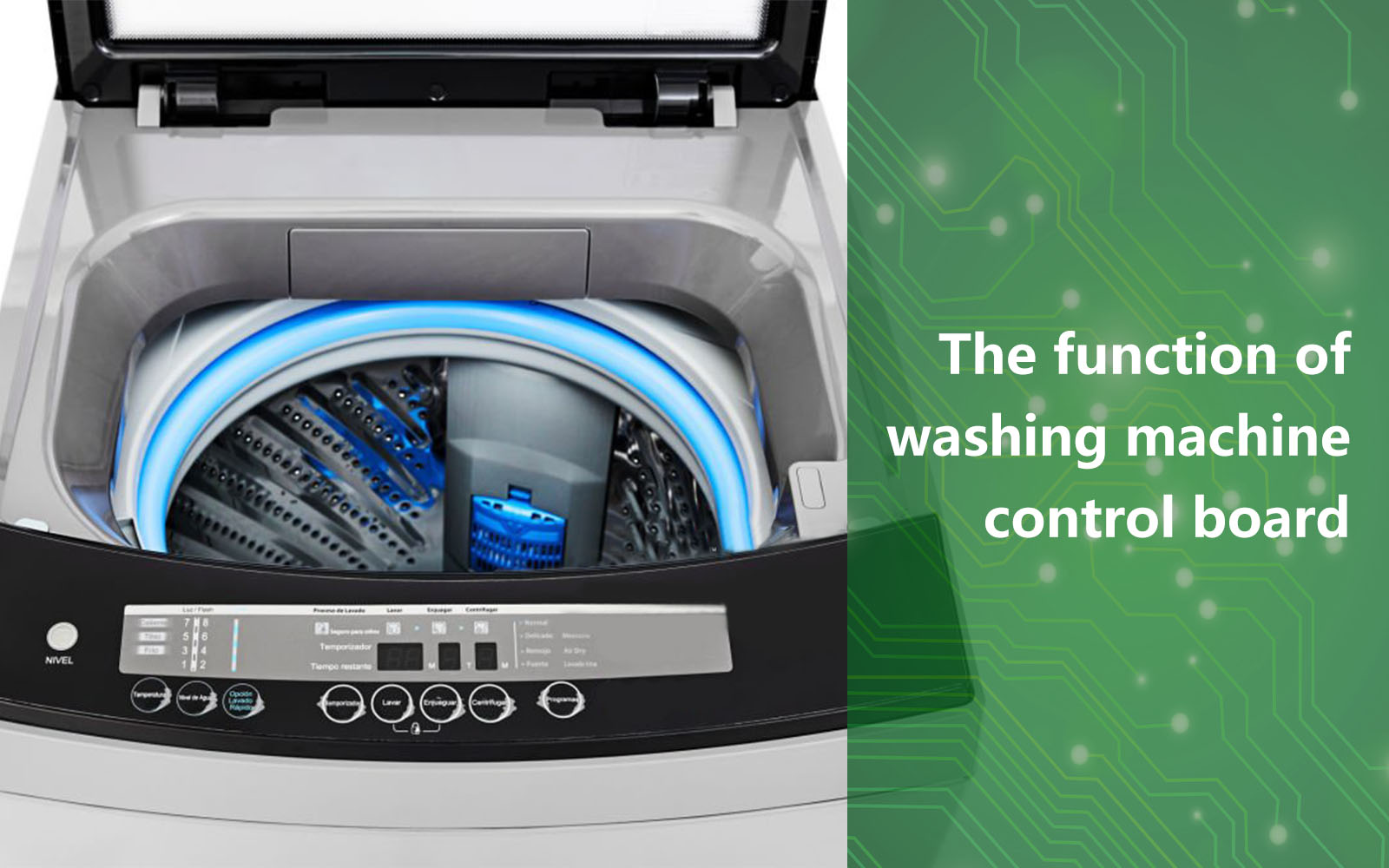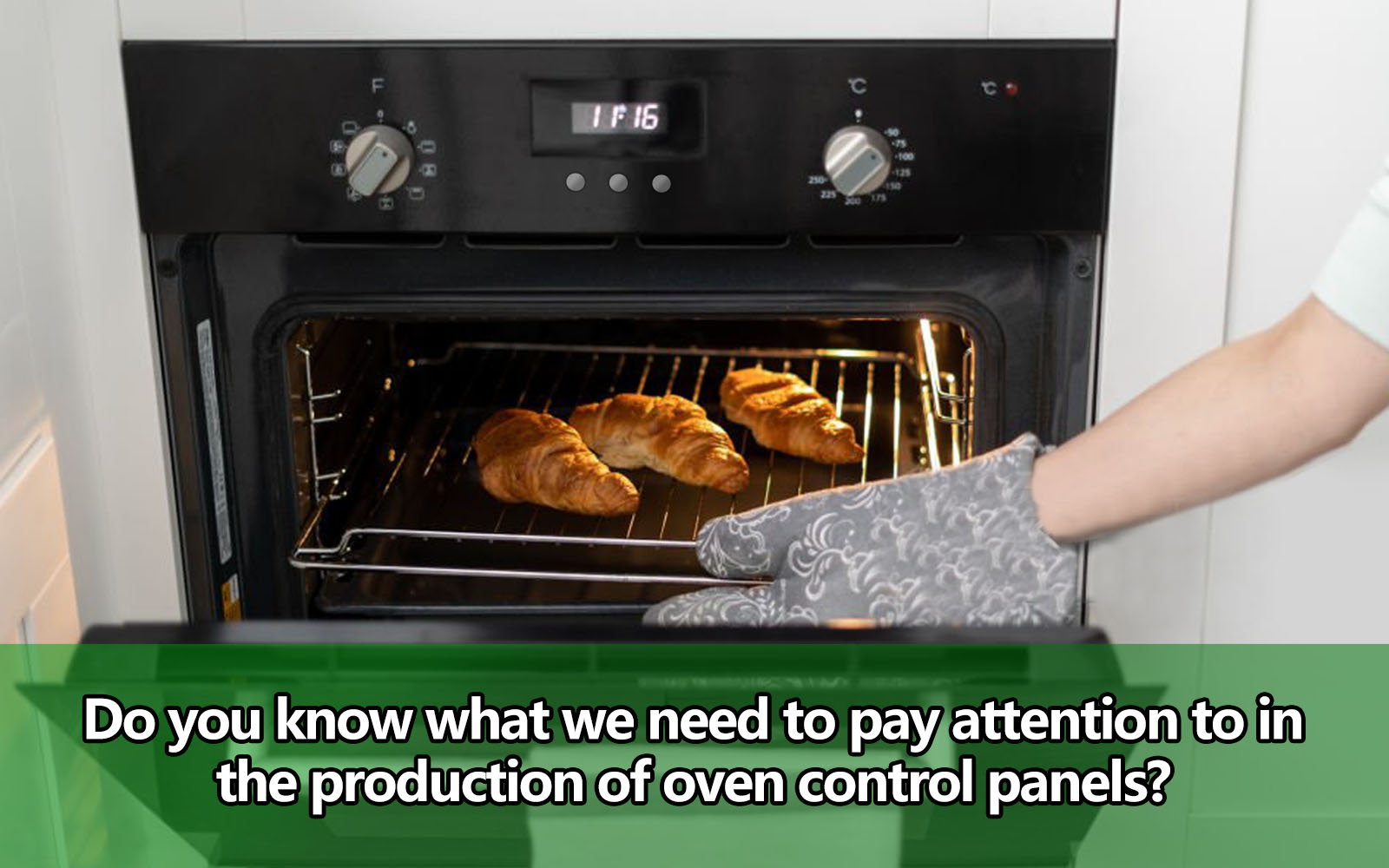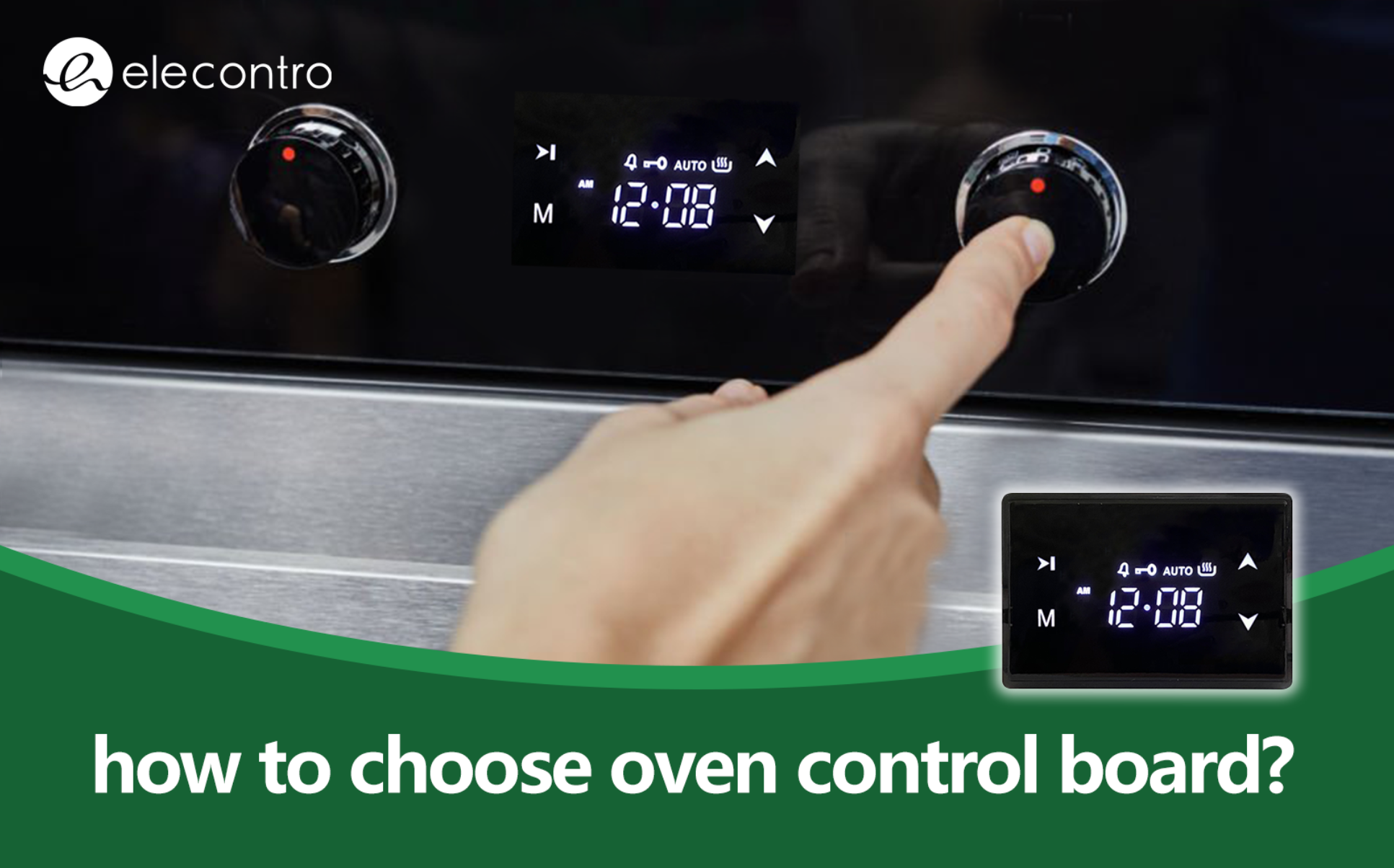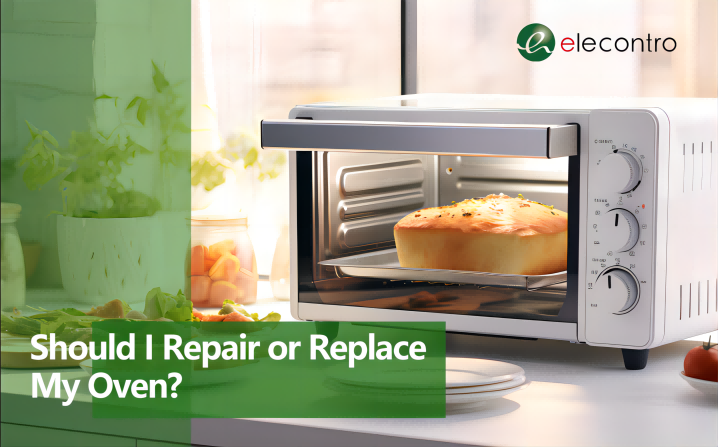How can we control PCB surface foam?
Views : 1698
Author : elecontro
Update time : 2020-05-11 13:54:44
According to poor bonding strength of the board, the surface quality problems of the board are divided into:
1. The cleanliness of the board surface;
2. The problem of surface micro roughness (or surface energy).
PCB circuit board production and processing may cause poor board surface quality:
1. The problem of substrate processing: Especially for some thin substrates (generally less than 0.8mm), because the rigidity of the substrate is poor, it is not suitable to use the brush machine to brush the board. In this way, the protective layer specially treated to prevent oxidation of the copper foil on the board surface during the production process of the substrate may not be effectively removed. Although this layer is thin and the brush plate is easier to remove, it is more difficult to apply chemical treatment, so in the production It is important to pay attention to control during processing, so as not to cause the blistering problem of the board surface caused by the poor bonding force between the board substrate copper foil and the chemical copper; this problem will also occur when the thin inner layer is blackened. Bad, uneven color, partial black browning and other problems.
2. The phenomenon of poor surface treatment caused by oil stains or other liquids contaminated with dust caused by the surface of the board during machining (drilling, laminating, milling, etc.).
3. Bad copper brush plate: the pressure of the front grinding plate of the copper sink is too large, causing the orifice deformation to brush the copper foil fillet of the orifice or even the leakage of the base material of the orifice. The blistering of the orifice; even if the brush plate does not cause leakage of the substrate, the excessively heavy brush plate will increase the roughness of the copper of the orifice, so the copper foil is prone to excessive roughening during the micro-etching roughening process There will also be certain quality hidden dangers; therefore, we must pay attention to strengthen the control of the brush plate process, and the brush plate process parameters can be adjusted to the best through the wear scar test and the water film test.
4. Washing problem: Because the copper plating process is subject to a large amount of chemical treatment, various types of acid-base electrodeless organic solvents and other pharmaceutical solvents are more, the board surface is not cleaned, especially the adjustment of the degreasing agent for copper, not only will cause cross contamination At the same time, it will also cause poor local treatment of the board surface or poor treatment effect, uneven defects, causing some problems in binding force; therefore, we must pay attention to strengthening the control of washing, mainly including cleaning water flow, water quality, washing time , And the control of the dripping time of the board; especially when the temperature is low in winter, the washing effect will be greatly reduced, and more attention should be paid to the strong control of washing.
1. The cleanliness of the board surface;
2. The problem of surface micro roughness (or surface energy).
PCB circuit board production and processing may cause poor board surface quality:
1. The problem of substrate processing: Especially for some thin substrates (generally less than 0.8mm), because the rigidity of the substrate is poor, it is not suitable to use the brush machine to brush the board. In this way, the protective layer specially treated to prevent oxidation of the copper foil on the board surface during the production process of the substrate may not be effectively removed. Although this layer is thin and the brush plate is easier to remove, it is more difficult to apply chemical treatment, so in the production It is important to pay attention to control during processing, so as not to cause the blistering problem of the board surface caused by the poor bonding force between the board substrate copper foil and the chemical copper; this problem will also occur when the thin inner layer is blackened. Bad, uneven color, partial black browning and other problems.
2. The phenomenon of poor surface treatment caused by oil stains or other liquids contaminated with dust caused by the surface of the board during machining (drilling, laminating, milling, etc.).
3. Bad copper brush plate: the pressure of the front grinding plate of the copper sink is too large, causing the orifice deformation to brush the copper foil fillet of the orifice or even the leakage of the base material of the orifice. The blistering of the orifice; even if the brush plate does not cause leakage of the substrate, the excessively heavy brush plate will increase the roughness of the copper of the orifice, so the copper foil is prone to excessive roughening during the micro-etching roughening process There will also be certain quality hidden dangers; therefore, we must pay attention to strengthen the control of the brush plate process, and the brush plate process parameters can be adjusted to the best through the wear scar test and the water film test.
4. Washing problem: Because the copper plating process is subject to a large amount of chemical treatment, various types of acid-base electrodeless organic solvents and other pharmaceutical solvents are more, the board surface is not cleaned, especially the adjustment of the degreasing agent for copper, not only will cause cross contamination At the same time, it will also cause poor local treatment of the board surface or poor treatment effect, uneven defects, causing some problems in binding force; therefore, we must pay attention to strengthening the control of washing, mainly including cleaning water flow, water quality, washing time , And the control of the dripping time of the board; especially when the temperature is low in winter, the washing effect will be greatly reduced, and more attention should be paid to the strong control of washing.
Related News

The function of washing machine control board
Jan .30.2024
The function and sensitivity of the washing machine are mainly determined by the control board

Do you know what we need to pay attention for the production of oven control panels?
Jan .30.2024
There are several key points in the production of oven control panels that cannot be ignored

How to Choose and Buy an Oven Control Board?
Jan .15.2024
Have you ever had the frustration of an oven that won't work properly? If so, it's likely that the oven's control board has malfunctioned.

Should I Repair or Replace My Oven?
Jan .05.2024
In the culinary symphony of a modern kitchen, the oven plays a pivotal role. When this essential appliance falters, it poses a quintessential dilemma: should one opt for repair or replace it altogether? This article delves into various aspects to consider, helping you navigate this conundrum.


